Best Foot Forward: Ogden Reservoir
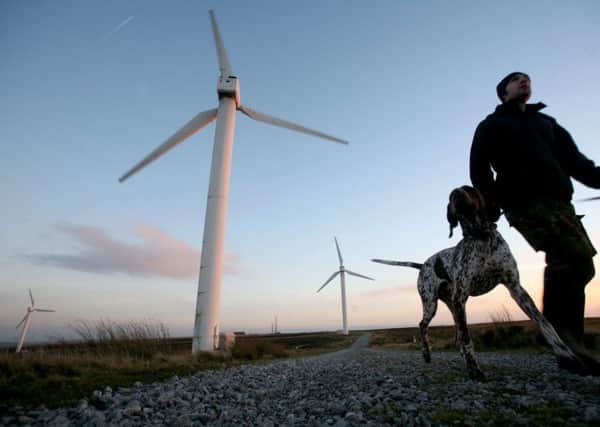

It provides a good viewing point for the nearby wind farm on Knoll Hill before descending alongside a golf course on Ovenden Moor towards the dam at Ogden Reservoir.
The walk is approximately three miles long plus an optional one mile extension to visit the wind farm.
Advertisement
Hide AdAdvertisement
Hide AdOgden Water is a country park and local nature reserve set around a reservoir that has been supplying the people of Halifax with a supply of drinking water for over 150 years.
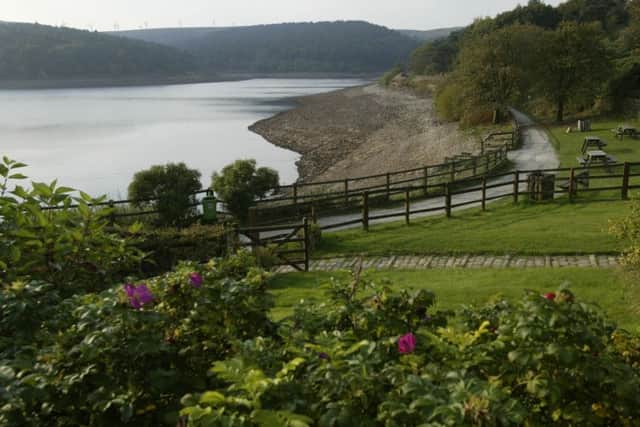

Ogden water is owned by Yorkshire Water but managed by Calderdale Council.
More than 300,000 visitors enjoy the beautiful scenery and explore the woodland trails that Ogden has to offer each year.
Ogden was Halifax Corporation Water Works’ first ever impounding reservoir for drinking water supply. Construction was finished in 1858 and overseen by the leading Victorian dam engineer John Frederick Bateman who was born in Lower Wyke.
Advertisement
Hide AdAdvertisement
Hide AdThe main feeder streams are from Ogden Clough and Skirden Clough. The reservoir is approximately 19 metres deep with a capacity of just over a million cubic metres.
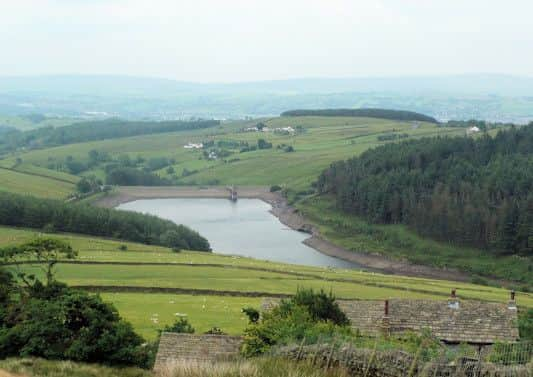

Start from the far end of the car park, near a gate, onto a track alongside the wood point one. Go through a kissing gate in the wall on the left into the wood. Follow the path for approximately 80 metres to a path junction.
Turn left here and head downhill through the wood and a gap in the wall to the waterside. Turn right and walk along the path between the water and the wall.
When you get to the head of the reservoir and a footbridge do not cross the footbridge but go through a gap in the wall and immediately turn hard right up some steps. Follow this path uphill for 30-40 yards to a cross path, go
Advertisement
Hide AdAdvertisement
Hide Adstraight across following the path up to a stile at the side of a gate, onto a track point two.
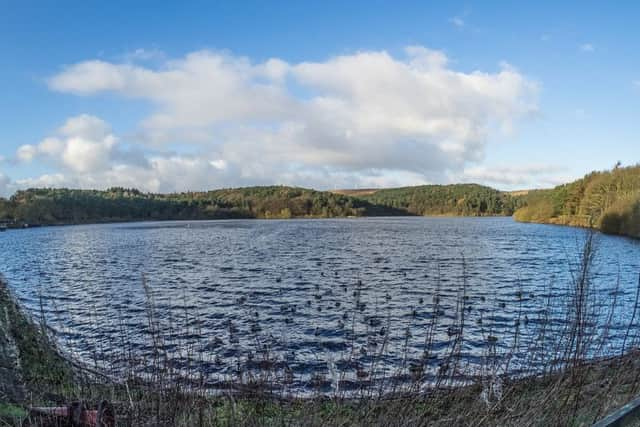

Turn left following the track alongside the woodland edge for a while until it starts to move away from the edge of the wood and onto open country.
Continue along this track and through the gateway. The path continues slightly off to the left and is well-defined. Continue until you reach the end of the broken down dry-stone wall on your right.
At the way-marker post at the end of the wall, point three, pass through the gap in the wall and immediately turn left and descend the steps to the dam wall and up the steps on the other side – point four.
Advertisement
Hide AdAdvertisement
Hide AdThis leads to a stile in a wire fence and out onto open moor. Follow the clear path over the moor to the highest point where you can pause to look at the view.
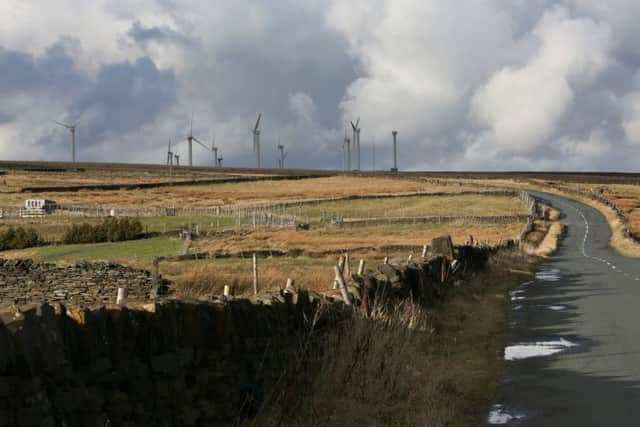

Continue forward again with the wind farm now on your right. Eventually the path crosses the bridge at Skirden Clough, point five, and shortly after joins the wide track known as Withens New Road, point six.
If you don’t want to visit the wind farm, turn left down Withens New Road to Ogden Reservoir, across the dam, point seven, passing Calderdale Council’s information centre, uphill to the T-junction and turn left to the car park.
If you’d like to see the wind farm then turn right at Withens New Road to the large property (formerly a pub) on the skyline at point eight, then right along the road to the wind farm entrance, car park and point nine.
Advertisement
Hide AdAdvertisement
Hide AdTo return, retrace the route back to the house at eight, turn left and follow the wide track down hill to Odgen Reservoir, across the dam, point seven, passing Calderdale Council’s information centre, uphill to the T-junction and turn
left into the car park.
Ogden has a small car park, picnic areas, a classroom for visiting schools and groups, a visitor centre that is open at weekends and school holidays and some public toilets.
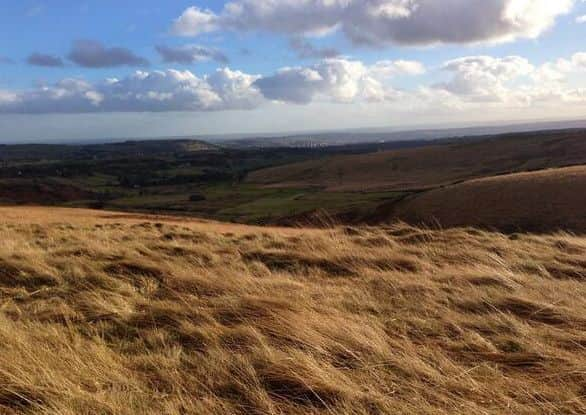

There are over two kilometres of wheelchair accessible paths around the reservoir.
Parking for wheelchair and scooter users is available outside the Ogden Water toilet block.
Advertisement
Hide AdAdvertisement
Hide AdThis is located on the left hand side as you go down Ogden Lane towards the reservoir dam wall.
Please respect those that make a living from the land over which you will walk and follow the Country Code.
Please clean up after your dog should it foul to protect those that work at these sites and reduce the transfer of diseases to humans and livestock.